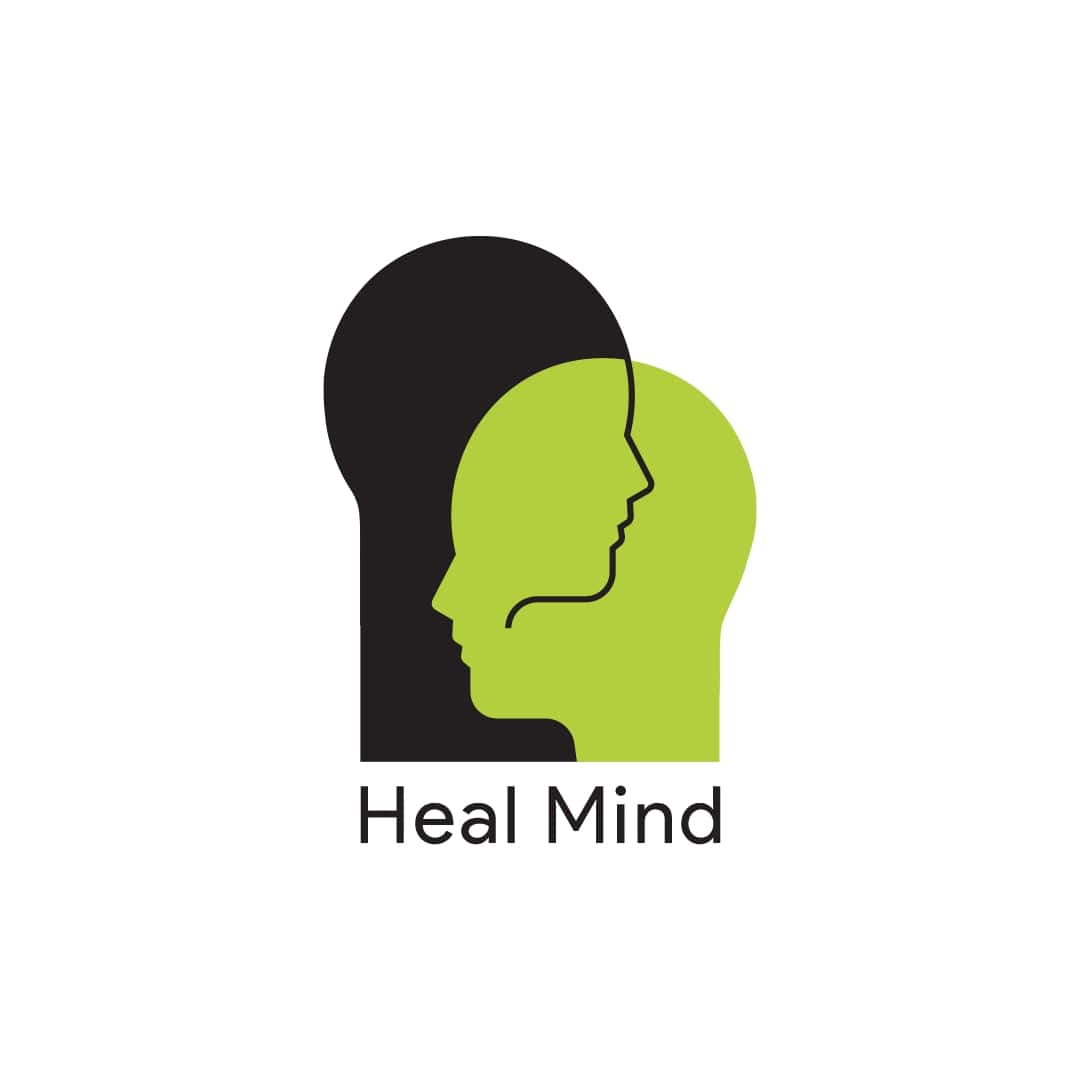Life can be stressful, and sometimes that stress builds into something more significant. If you’re feeling constantly anxious, down in the dumps, or struggling to cope with overwhelming thoughts, you might be experiencing a common mental illness.
This blog series dives deep into some of the most prevalent mental health conditions, exploring their signs, symptoms, and available treatments. We’ll break down the complexities of these conditions in an easy-to-understand way, helping you recognize them and understand you’re not alone. Whether you’re looking for information for yourself or someone you care about, this series will equip you with the knowledge to navigate mental health challenges and find the support you deserve.
DEPRESSION
More women than men experience depression, a common mental health disorder causing intense sadness, hopelessness, and changes in sleep, appetite, and mood. It can lead to physical problems despite no physical cause. Left untreated, depression weakens functioning in daily life. Psychotherapy and medication offer effective management.
This version is shorter and emphasizes the key points:
- High prevalence of depression, especially in women.
- Core symptoms like sadness, hopelessness, and sleep/appetite changes.
- Potential for physical problems despite no physical cause.
- Impact on daily functioning if left untreated.
- Importance of treatment options like psychotherapy and medication.
GENERALIZED ANXIETY DISORDER
Generalized Anxiety Disorder (GAD) is excessive, uncontrollable worry that disrupts daily living for at least 6 months. People with GAD experience physical symptoms like fatigue, trouble concentrating, muscle tension, and sleep problems. If you’re struggling, seek help from a clinical psychologist to manage your anxiety and improve your well-being.
Generalized Anxiety Disorder: Unraveling the Worry Knot
OBSESSIVE-COMPULSIVE DISORDER (OCD)
OCD includes repeated thoughts and actions done by the individual to prevent it. Those repeated automatic thoughts are called obsessions and actions or rituals are called compulsions. An example for this is, when a person with excessive, irrational, automatic fear of getting illness by germs will wash his hands repeatedly as a compulsion.
An obsession is defined as an unwanted thought, image, or urge which repeatedly enters a person’s mind. Which are distressing but are acknowledged as originating in the person’s mind, not from an external source. Exposure and Response Prevention is an effective method for OCD treatment.
SCHIZOPHRENIA
Schizophrenia is a severe mental disorder, characterized by distortions in thinking, perception, emotions, language, sense of self, and behavior. People who are having this may hear voices that are not there, seeing visuals that are not present- Visual or auditory hallucinations are common. There will be delusions and one of the most common one is imagining other people are trying to hurt them. Schizophrenia will also affect the functioning and cognitive aspects of people.
In Kerala, Healmind offers convenient and confidential online counselling from licensed psychologists. If you’re struggling, don’t hesitate to reach out for support.

